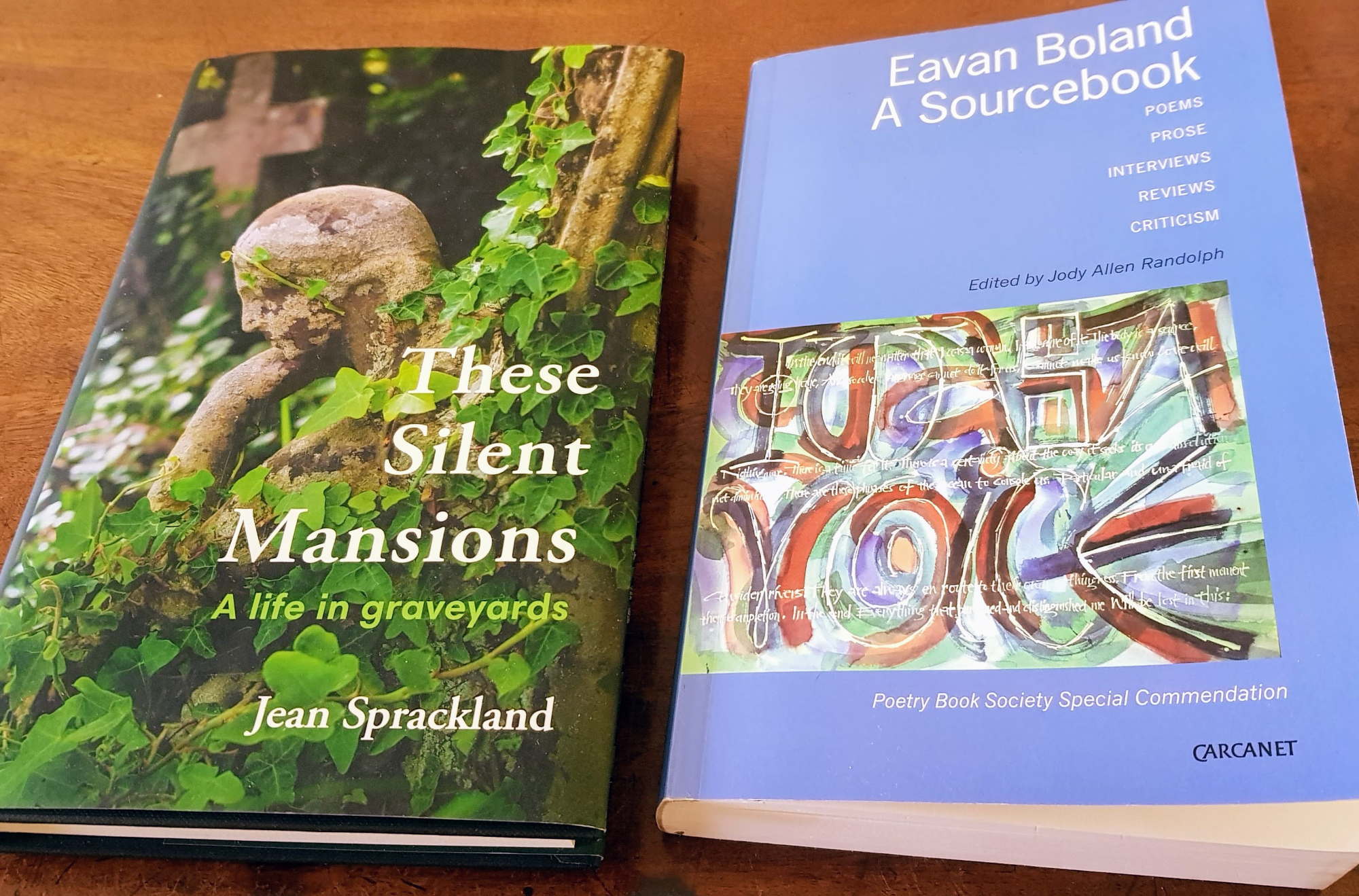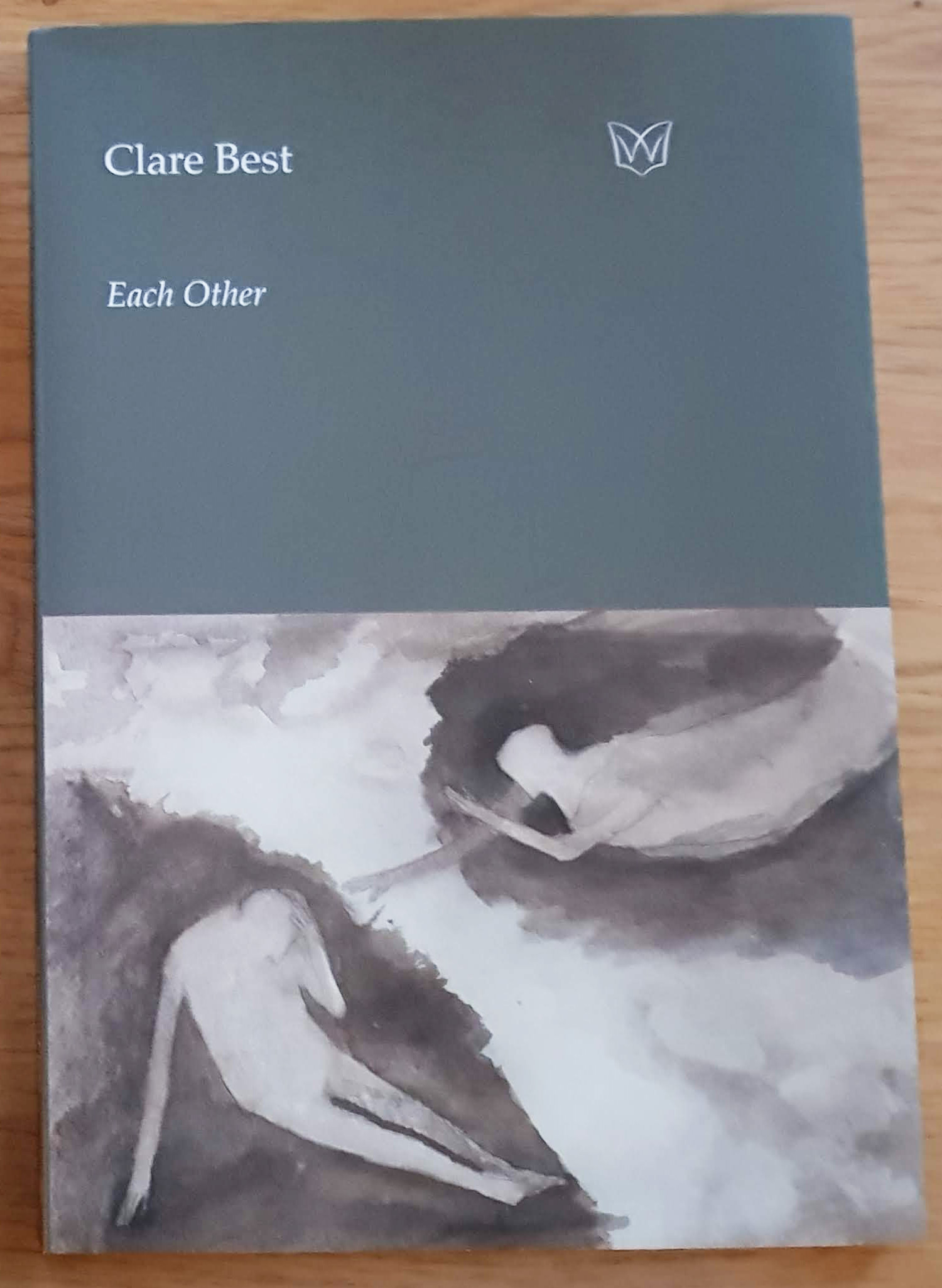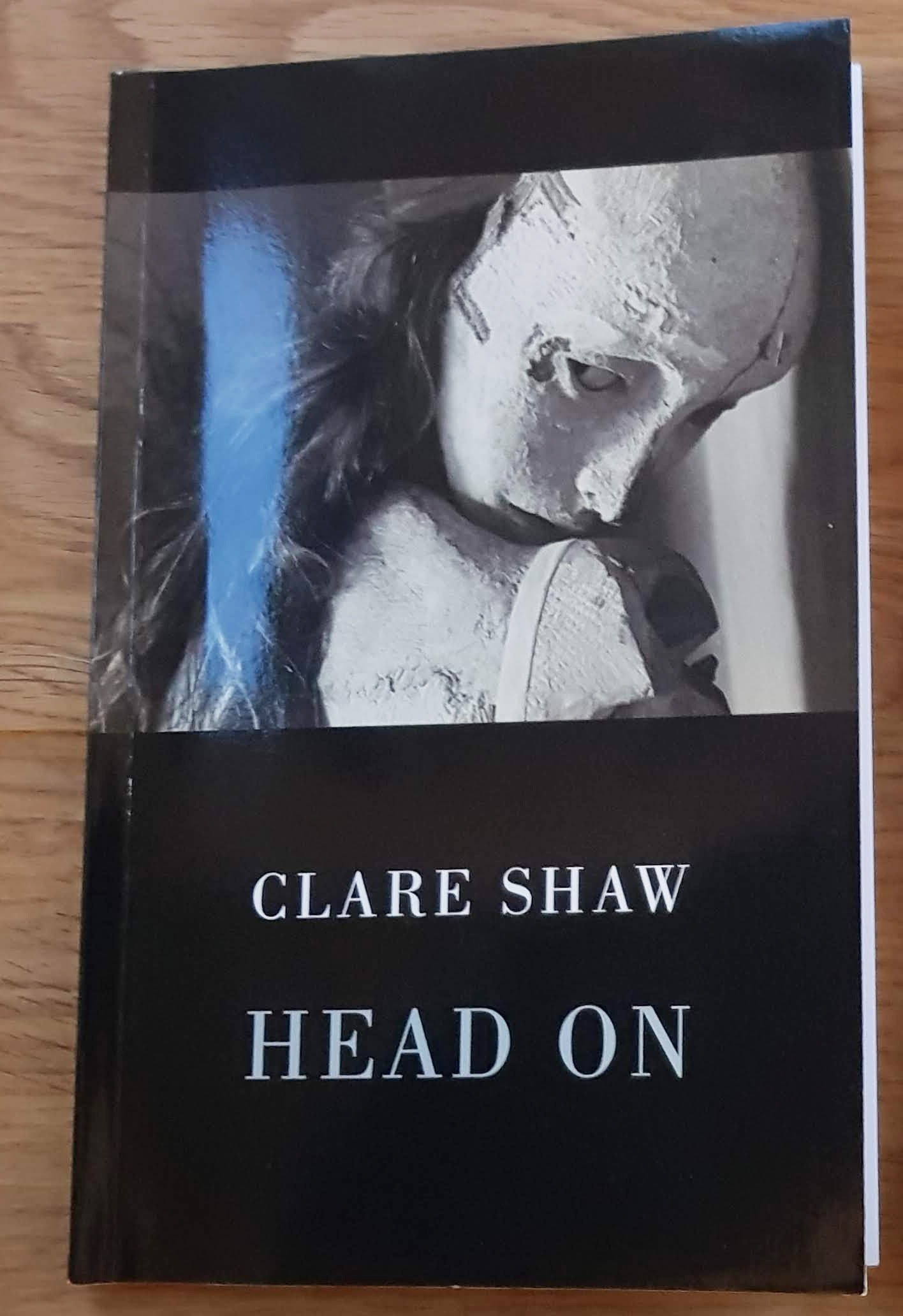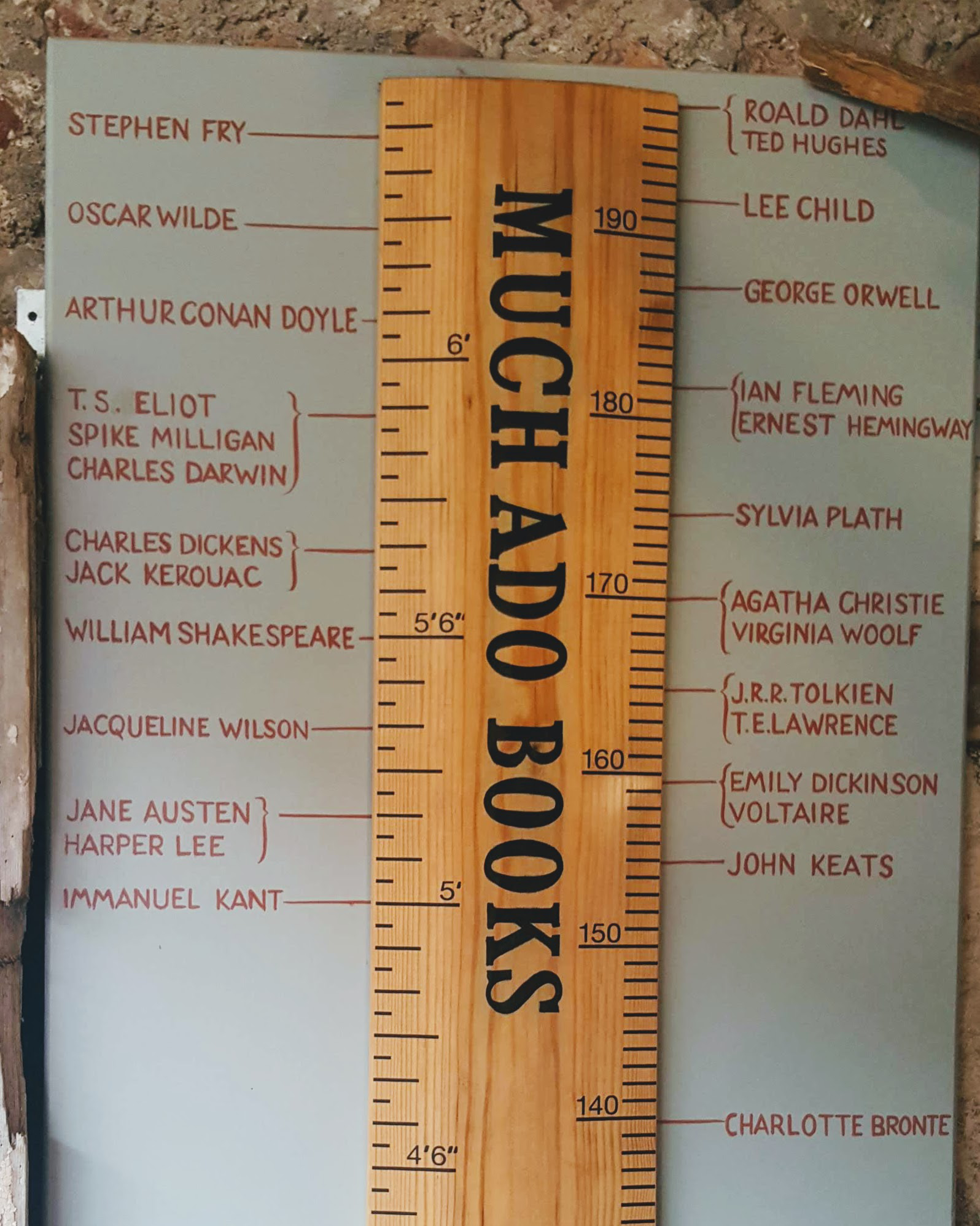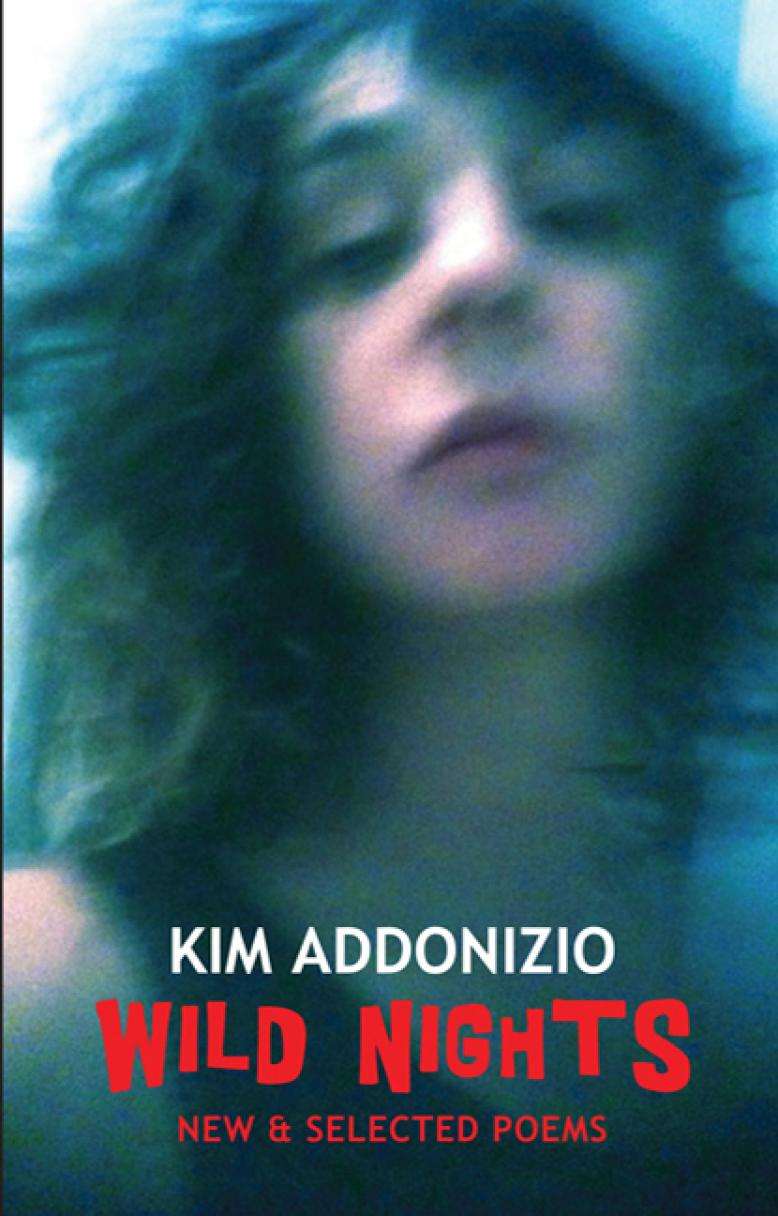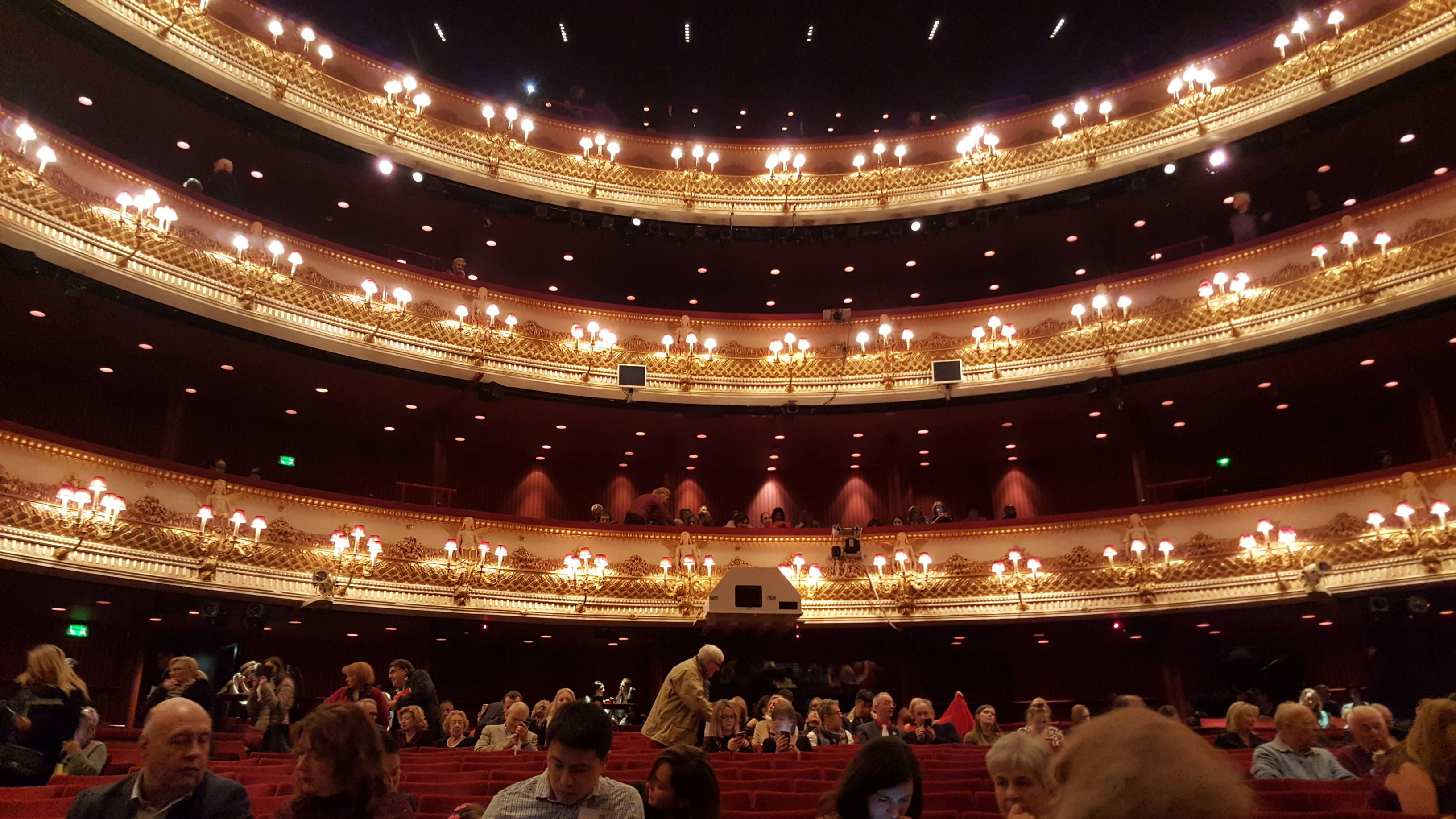One of the things about statistics is you can present them is whatever light you wish: draw attention to this rather than that, show a percentage of X rather than Y because it looks more impressive, leave stuff out willy-nilly because most of your audience won’t know what it is you’re not declaring. Pick up any newspaper to see how the same raw data gets worked over by different editorial hands until red is actually blue, or vice versa.
So on that note, here are my fulsome and unbiased (?) stats regarding the past year in poetry submissions. A bit of throat-clearing first of all though.
The caveats
Despite keeping (I thought) detailed records, it was tricky to determine exactly how many different poems I sent out, across magazines and competitions, particularly as a few of them changed titles through the year. I then wanted to say how many in total went out to magazines and how many to competitions, and how many were ‘successful’ (not always easy to define) – although some went to both, others were rejected at first then found a home somewhere else. Ugh!
Then there are the percentages… is the ‘success rate’ the number of poems accepted by magazines as a percentage of all poems sent to magazines, or of all different/unique poems sent? (The latter generally looks better!)
Let’s cut to the numbers
Total number different (unique) poems submitted this year: 39
Magazines: 29 different poems sent to magazines, some sent out more than once so 34 sent in total, of which 23 were declined and 11 accepted by 5 print magazines and one online. If my workings-out are correct this means 32% of submissions were accepted.
Competitions (individual poems): total of 13 poems (10 unique plus 3 of those included in the ‘sent to magazines’ count) submitted 23 times to 13 competitions, of which 1 was longlisted, one ‘highly commended’ (both of these were published in anthologies) and 1 shortlisted. Success rate = depends on your criteria. It’s basically zero, but you could say, well 13% of total competition entries got somewhere. But number of winning or placed = 0.
Competitions (pamphlet): 2 pamphlets submitted to 4 competitions of which 1 was a winner, 1 declined and 2 no contact (when the organisers don’t bother to tell the entrants they haven’t won, or even that the winners have been announced) Success rate= 25%
Of the 39 different poems sent out, alongside the 11 in magazines and the 2 published in competition anthologies, another 6 appeared in my Live Canon pamphlet published November. So 19 out of 39 found homes (49%).
That leaves me with twenty left to play with at the moment, including that one that was shortlisted in the Bridport (but not named, so still eligible for magazines). Incidentally, that poem had already come nowhere in two other much smaller competitions. I’ve also got six poems currently out and a fair amount of new work in the pipeline but not yet sent out.
How it compares to previous years
I keep changing my reporting, so year on year comparisons aren’t always helpful. 2018 was a thin year (4 poems in print magazines, 4 in anthologies. But I did have a pamphlet published -maybe I was too busy doing readings and whatnot. I feel like I was still writing, but just not sending much out. Plus it was a great summer, so I basically spend six months gardening. 2017 was better – 10 poems in print magazines, 3 online and 1 in a good anthology.
I realise these this doesn’t look like a big output. When work comes back I don’t tend to send it straight out again, although I know that works for some people. I typically mull on things for ages. This perhaps works against me when (occasionally) an editor says something like ‘please send something else’. Because invariably I don’t have anything else remotely suitable for some time, and by the time I do send something else they’ve forgotten me anyway.
What’s currently in the bag?
At the moment, on the spreadsheet below the 6 that are ‘CURRENTLY OUT’, I have a number of other categories:
‘TO WORK ON’ (meaning I thought they were finished but they’ve been turned down at least once.) – 3
‘NOT OUT’ (poems that have passed through the ‘TO WORK ON’ category, or that I’ve sent out and reworked numerous times, I think they have merit but can’t bring myself to send them out again… yet) – 9
‘PROBABLY RUBBISH’ (poems I’m slightly embarrassed about but haven’t quite given up on yet. Some of these go back years. I think of it as Poem Purgatory – every now and then I open one up to have another look. They must have something, otherwise they wouldn’t even be on the spreadsheet. Some of my favourite titles are languishing here. Poems do occasionally go from being ‘PROBABLY RUBBISH’ to ‘NOT OUT’ and then get published in fancy mags. But progress is usually in the other direction) – 21
The current and newest work-in-progress don’t appear on the spreadsheet; that only happens when I first send something out. I also ought to mention that a good few poems go from being rejected straight to the ‘declined’ sheet without even making the ‘PROBABLY RUBBISH’ category. The only chance they have of being revived is if/when I browse through folders of old poems and might spot signs of life.
What about the finances?
UGH. I’m sorry to admit that in 2019 I’ve spent £95 on individual poem competition entries and £84 on pamphlet competitions. his was all possible because of the ‘How to submit to poetry magazines’ booklet that I wrote and published end of last year – I told myself I’d use the profit from that on poetry fees and magazine subscriptions this year. But most of it’s gone now, and with competition winnings at zero pounds I just have to think of those entry fees as donations.
A few New Year resolutions
I’ve decided that in 2020 I won’t be entering any competitions. None where you pay an entry fee, anyway. I generally spend around £75 a year on magazine subscriptions, and I’ll carry on doing this as they are the lifeblood of the poetry world. You always have something in your hand to show for a subscription, and many magazines are real works of art. I’m going to send more poems to magazines. I also want to give more time to writing generally, without trying to whip up ‘competition poems’. Maybe I can pull together a full collection. Or just write more poems on the themes I’ve been thinking a lot about lately. I’m leaving it open and not putting pressure on myself. But no comps for at least a year is my goal.
I know that some poets don’t enter comps at all, often because they find the idea of a ‘poetry competition’ completely at odds with the creativity of writing. I’m not sure that’s me. But I do think comps have an addictive quality (“I’ll just enter one more competition and this could be the Big One!”), and breaking the habit (for me at least) requires a complete break. Let’s see if I can stick to it.

